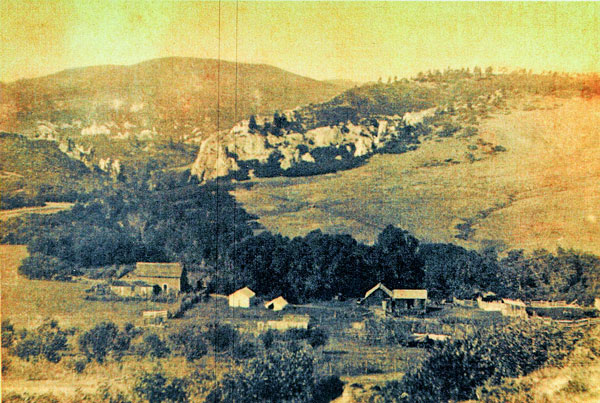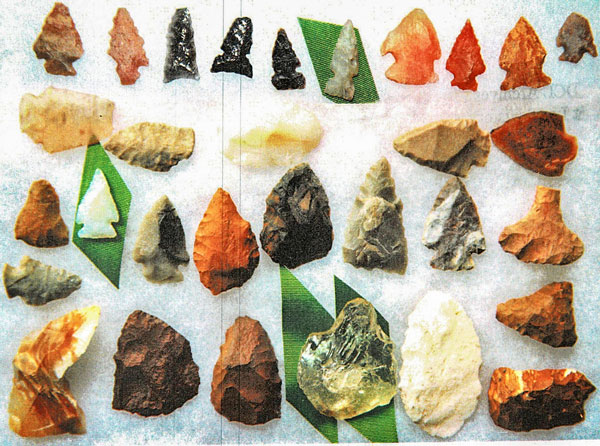The Penleys: A Full House
By Joe Gschwendtner; photos courtesy of the DCL archives and Local History Section
Unlike both his father and brother, Mort Penley was not a man of the cloth. The beauty of the English Cotswolds could also not hold him. In 1878, his 20th year, he sought new horizons. Crossing the Atlantic on the steam vessel Aragon, he made his way to tiny Sedalia, Colorado.
Having scraped serious money together by 1880, he purchased Frank and Elizabeth Sobey’s homestead on Indian Creek. Mort renamed it Cam Glen, after his home parish in England. Three log buildings were already there from the Sobeys. Sadly, Frank died of food poisoning by year’s end.
Northeast of Cam Glen on Plum Creek, young Annie Louise Lapham lived at subsistence level on her parent’s farm. Annie and Mort met and married within the year. She was 17. They had 13 children, but only 8 would survive.
One of the epic ranch locations of the county, the Penley family was blessed with timber, arable land, clay for building and the majesty of the Rocky Mountain foothills, evident in pink and white formations on the property. Lush with trees big and small, lions, bears, coyotes, bobcats, deer, skunk and racoons roamed its environs. There was even a gold mine worked earlier, but it never yielded any significant pay dirt. In fact, Mort squandered some money on the project, including some of his father’s funds from England … but to no avail.
Other diggings on the property (which included Wildcat Mountain), turned up numerous arrowheads and manos (stone hand tools), identified as being of Ute Indian origin. The family later determined that the meadow adjacent to the cabins was earlier a Ute campground. In time, Mort expanded his ranch holdings and staked out an area further north, over Campbell Hill on Rainbow Creek.
The ranch produced a vast array of crops, a study in small-scale farming. The Penley’s modest dairy herd generated more than enough product for the family, the excess was sold off to the Denver Creamery. Fruits were abundant, wild and cultivated. The neighboring foothills yielded raspberries, huckleberries and wild plums, and Mort had a small apple orchard.
Annie’s family agricultural experience complemented Mort’s, and their vegetable production took care of the family needs and then some. Chickens and pigs were part of the livestock mix. Meat was smoked to preserve it for winter consumption. Penley sausage was stored in stone crocks.
Holding this and a family in check was no easy day. Fortunately, Annie had been prepared for this and more by her family experience. In addition to 25 years of childbearing, she kept Cam Glen’s books on purchases and sales critical to ranch operations. Big on education, she home schooled extensively, always encouraging the children to study.
Sons Bruce, Jessie and Frank helped expand the ranch to more than 1,800 acres. Bruce lost his arm to a corn cutter after having married Ruth Newmarch just five days earlier. Nevertheless he “cowboyed up” with what life left him, managing the ranch and a wheat inspector position with the Department of Agriculture. When round-up time came, he whooped and hollered with the best, claiming he could ready 100 calves per hour for branding. The Penley family decided to sell the ranch in 2008.

